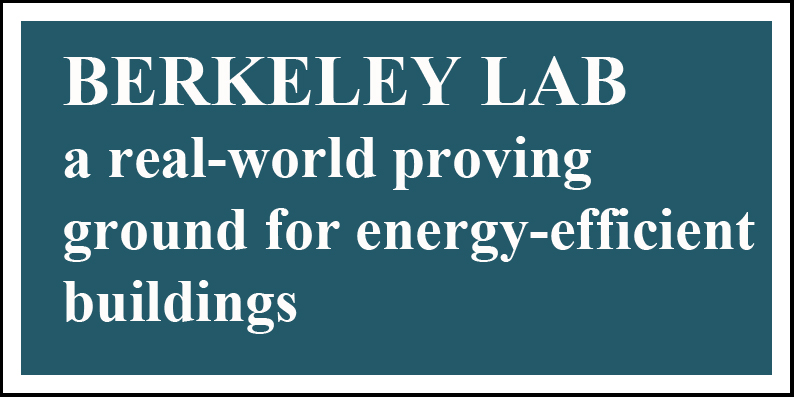With a URL asking “is this the most important building in the country?”, I had to check this one out. This article from SmartPlanet describe the “Facility for Low Energy Experiments (FLEXLab)”, housed at Lawrence Berkeley National Laboratory in CA.
Basically it’s a fancy building that allows designers, architects, builders and others to test various building materials and configurations in “lab” setting. This indeed seems really useful.
However, there is sadly no mention of studying microbes under these conditions. One of the biggest questions in the field is what happens to a microbial community in a “green building”… one where energy use is dramatically reduced through changes in materials, design, and reduced air exchange with the outside.
(h/t to Paula Olsiewski for this article)

Low ventilation, higher moisture from indoor sources – people, cooking, showers, laundry, cleaning, dishwashing, etc. Higher moisture -> higher potential mold growth.
Question: Impact on barterial growth and virulence?
Question: impact on virus survival and virulence?
See our database for some informative studies – http:// buildingecology.com – freely download able with how to file and description of curating process.
Other useful resources there too!